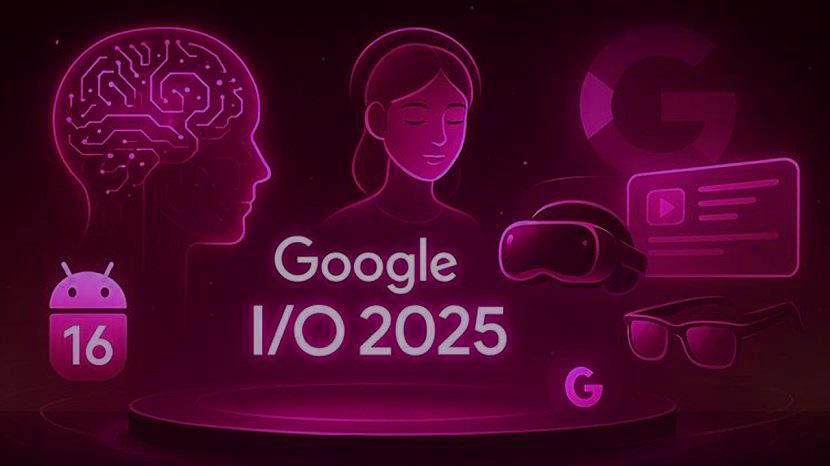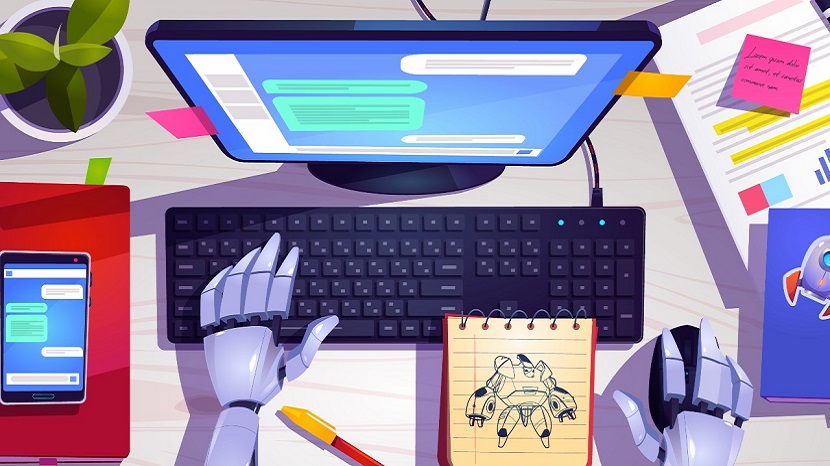
Artificial Intelligence (AI) is transforming industries and shaping the future of technology. Many people assume that building an AI system is an overwhelming task, but with the right approach, anyone can dive into it. Whether you are a beginner or looking to enhance your AI skills, this guide will walk you through the entire process of creating an AI system from scratch.
Step 1: Define the Problem
The first and most crucial step in building an AI system is to define the problem you want to solve. AI is not a one-size-fits-all solution, so having a clear objective is essential.
Ask yourself:
- What task do I want the AI to perform?
- What problem will it solve for users or businesses?
Examples of AI applications include:
- Predicting sales for a business
- Recognizing faces in images
- Detecting spam emails
A well-defined problem helps determine the type of data needed and the right model to train.
Step 2: Gather and Process Data
Data is the foundation of any AI system. The more quality data you have, the smarter your AI will become. Follow these steps to gather and process your data effectively:
Collect Data: Find relevant data that aligns with your problem. For example, a face recognition AI system requires a large dataset of labeled facial images.
Clean and Process Data: Data often contains errors, missing values, or duplicates. It is important to clean and preprocess the data by:
- Removing inconsistencies
- Normalizing values
- Converting text into numerical formats if necessary
Good quality data leads to better AI performance, so invest time in this step.
Step 3: Choose the Right Algorithm
Once you have your data ready, the next step is selecting an appropriate machine learning model. Different AI applications require different algorithms:
- Convolutional Neural Networks (CNNs) – Best for image recognition tasks.
- Linear Regression – Useful for predicting trends and numerical outcomes.
- Decision Trees and Support Vector Machines (SVMs) – Ideal for classification tasks.
Experiment with multiple models to find the one that provides the best results for your specific problem.
Step 4: Train the Model
Training is where the AI learns from the data you collected. The training process involves:
- Feeding the collected data into the model.
- Allowing the model to make predictions.
- Evaluating the model’s performance.
- Adjusting and refining the model based on results.
This iterative process improves the accuracy and efficiency of the AI system.
Step 5: Test and Validate the Model
Testing ensures that your AI system performs accurately in real-world scenarios. To validate your model:
Split the Data: Divide the dataset into training and testing sets. The training set helps AI learn, while the testing set evaluates its performance on new data.
Measure Performance: Use metrics like accuracy, precision, recall, and F1-score to assess model effectiveness.
If your model performs poorly, tweak the algorithm, refine the data, or retrain the model with better parameters.
Step 6: Deploy the AI System
Once the model is trained and tested, it’s time to deploy it into a real-world application.
Integrate the AI Model: Embed it into an application, website, or device. For example, a recommendation system can be implemented into an e-commerce platform.
Monitor Performance: AI systems require continuous monitoring to maintain accuracy and adapt to new data. Regular updates and refinements are necessary for optimal performance.
Conclusion
Building an AI system may seem complex, but breaking it down into these steps makes it more manageable. From defining the problem to deploying and monitoring the AI system, each stage plays a vital role in the development process. Whether you are working on a personal project or developing a business solution, AI has the power to revolutionize industries.
With patience and experimentation, anyone can build an AI system that makes a difference. Start your AI journey today!
If you found this article helpful, we encourage you to share it on your social media platforms—because sharing is caring! For more information about article submissions on our website, feel free to reach out to us via email.
Send an emailWritten by RGB Web Tech
Latest Technology Trends
Latest technology trends shaping the future, including AI advancements, blockchain innovation, 5G connectivity, IoT integration, and sustainable tech solutions. Explore breakthroughs in quantum computing, cybersecurity, augmented reality, and edge computing. Stay ahead with insights into transformative technologies driving innovation across industries and revolutionizing how we live, work, and connect.
Related Articles - Artificial Intelligence

AI Video Maker
Best AI Video Maker tools for effortless video creation. Turn text into stunning videos with automation, avatars, and editing AI.

AI Writing Tools
Boost your writing with AI Writing Tools for content creation, editing, and SEO. Improve quality, engagement, and efficiency effortlessly!

AI Image Generator
Best AI Image Generators to create stunning visuals effortlessly. Explore top tools, features, and unleash your creativity

AI Social Media Post Generator
Best AI social media post generators to automate content creation, boost engagement, and optimize your marketing strategy.

AI Logo Generator
Top 10 AI logo generators for effortless branding. Create professional logos instantly with AI-powered design tools.

AI Powerpoint Maker
Best AI PowerPoint makers to create stunning presentations effortlessly with smart design, automation, and collaboration tools.

AI Code Generator
AI Code Generators enhance coding efficiency with AI-driven suggestions, auto-completions, and debugging tools for multiple languages.

Artificial Intelligence
What Artificial Intelligence (AI) is, how it works, its types, applications, and impact on various industries.

Artificial Intelligence Work
How Artificial Intelligence works, from machine learning to deep learning, and how AI powers modern technology.

Create an Artificial Intelligence System
Learn how to create an AI system step by step, from data collection to model deployment, using machine learning and deep learning.

Google I/O 2025: AI and Search Innovations
Discover the top AI & search updates from Google I/O 2025—Gemini Live, AI agents, real-time translation, and the future of SEO. Learn how to adapt now!

How AI Writing Tools Improve Content Quality of Your Blogs
How can you make your blogs more engaging? AI writing tools cut errors, save time, give fresh ideas, & help your words sound natural.
